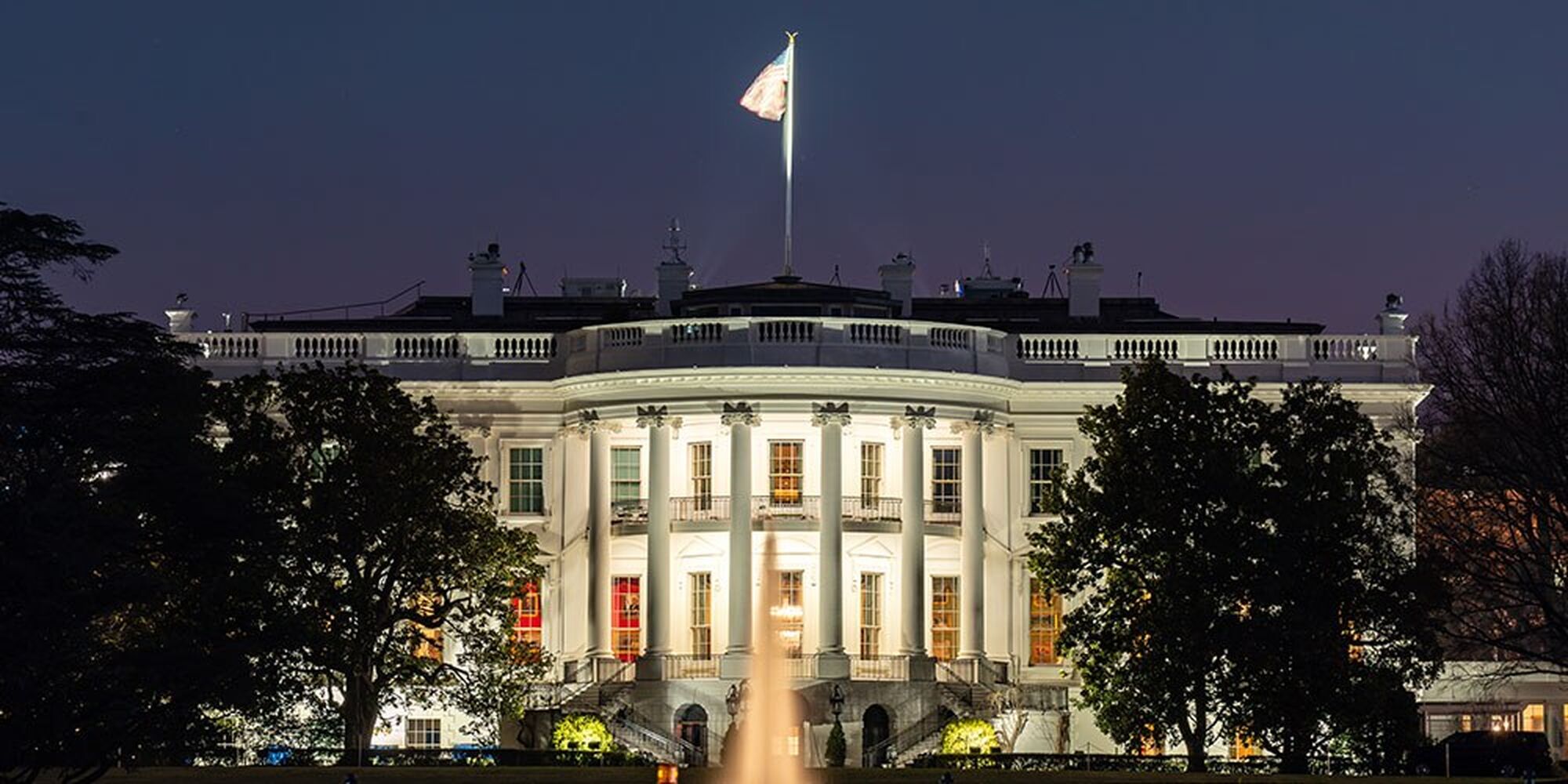President Biden’s first days in office are beginning to show his administration’s priorities.
Since taking office on January 20, he has signed over 30 executive orders and counting. One of which includes an Executive Order on Protecting Worker Health and Safety. This order asks OSHA to help stop the spread of COVID-19 at work by increasing enforcement of existing rules and to explore new “emergency temporary standards.”
There is a historical precedent that OSHA remains very slow to change, even with relevant and pressing concerns. For example, after the H1N1 outbreak in 2009, OSHA issued a formal request for information on exposure to infectious disease. They also held a series of stakeholder meetings. However, OSHA received pushback, especially from hospitals. After seven years, the infectious disease concern was put on their long-term agenda where it languished.
Recent OSHA actions around COVID-19 have been in stark contrast to the new executive order. In 2020, we saw OSHA relax their recordkeeping regulation, specifically for COVID-19 cases.
With February 1 approaching, the timing of this executive order is particularly interesting. Employers across the US are coming close to the deadline for compiling and confirming the data on their 2020 OSHA logs.
The exact standards issued by OSHA in response to this executive order are still unknown. What we do know is that based on the history of Biden's labor department nominees, worker safety will likely be a priority.
At Broadspire, our team of experts is staying up to date with all changes and engaging with clients to provide resources and advisement. The most up-to-date guidance is also continually incorporated into our OSHA recordkeeping service's processes, case handling instructions, and algorithms.
If you would like to know more about how Broadspire's OSHA recordkeeping service can help you, please click here for a free consultation.



